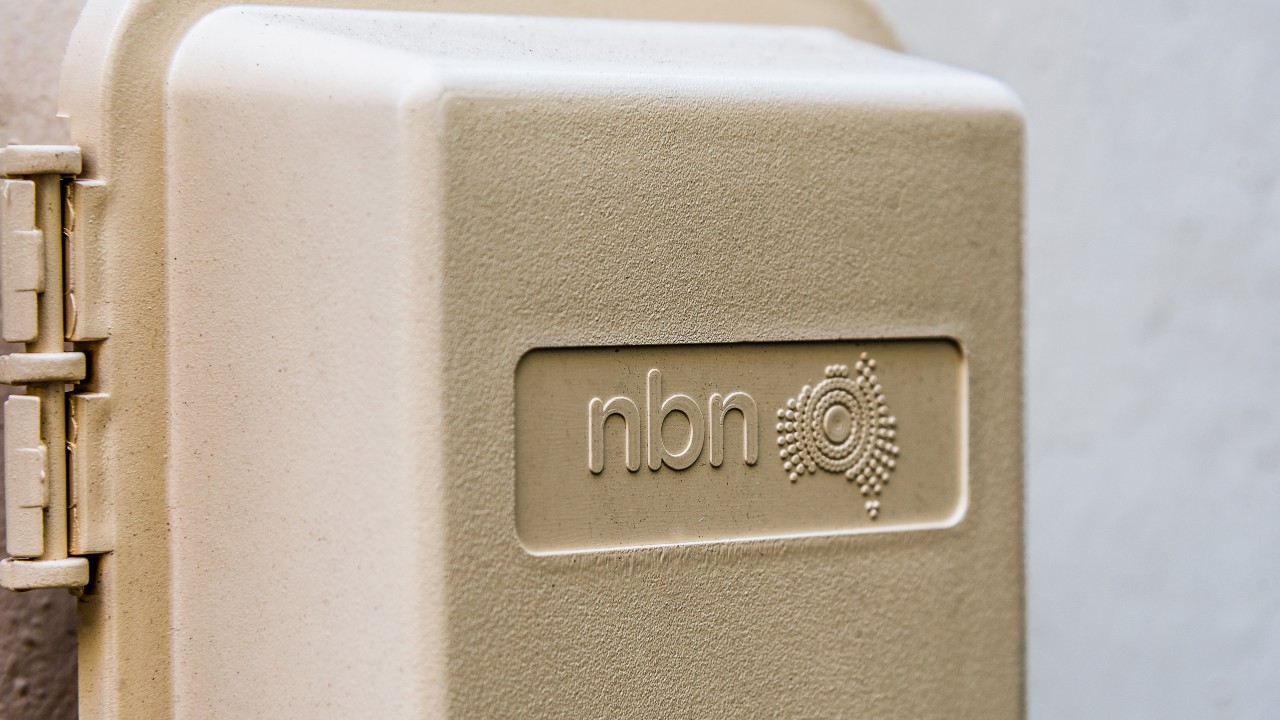Are you ready for the national broadband network? In Australia, the national open-access data network and the national broadband network or NBN, replaces the copper cable telephony network, promising a faster and more reliable web connection for citizens.
The NBN is operated by a publicly-owned corporation, wherein internet service providers or retail service providers (RSPs) contract with the corporation to access the data network. RSPs sell Internet access to consumers, such as OptiComm.
With the wide range of retail service providers and offerings, how do you choose the best NBN plan for your home? Find out more about NBN plan selection below.
- Determine Readiness For NBN Connection And Technology
When your location is ready to switch to NBN service, you have 18 months to prepare before your old phone and internet services get disconnected. You can use the address tool on the website of NBN to determine if your area is ready for the national broadband network service.
In addition, the NBN tool can also show the type of technology that’s applicable in your area to get ready for NBN, such as the following:
- Fibre to the Node (FTTN)
This technology is utilised wherein the nearby fibre node uses the existing internet network and copper phone to create the final connection part of the NBN access network.
- Fibre to the Building (FTTB)
FTTB is used to connect an apartment block or building to the access network of NBN, which involves running a fibre optic line in the communication room. This technology utilises the building’s existing technology, connecting to each apartment.
- Fibre to the Curb (FTTC)
This connection involves extending a fibre close to your home, which connects to a distribution point unit inside a street pit. The fibre is connected to the existing copper network, forming the NBN connection. A connection box inside the home is required to power the FTTC service.
- Fibre to the Premises (FTTP)
FTTP connections need an access network device installed inside the home, which requires electricity to operate. This connection runs a fibre optic line from the nearest fibre node to your premises.
- Hybrid Fibre Coaxial (HFC)
This connection uses your existing cable network or ‘pay TV’ network to create the NBN network connection. The HFC line runs from the nearest fibre node until it reaches your premises to obtain power and provide an internet connection.
Note: For those who reside in remote or regional areas, they have a satellite or fixed wireless. A fixed wireless connection use radio signal data transmission to connect your home to the NBN network. With a satellite connection, a satellite dish is installed on the roof of your home by an approved installer. You can seek help from a reliable service provider to determine the best NBN technology for your household, such as OCCOM.
- Determine How Much Data You’ll Need
Do you stream music or videos all the time? Maybe you connect to the internet every day because of a work-from-home setting. Your children may also use a lot of data because of video games and study-from-home setup too.
So, do you know how much data you need for your NBN plan? It’s important to know how much data you’ll need from your NBN plan or how much speed you’ll need. You have to consider the number of devices that will likely connect to the internet in your home. For example, three or five screens that regularly stream videos would need a higher plan than one to two screens.

Check the following tips when determining the amount of data for your NBN plan:
- Choose A Lower Plan: It’s better to have a lower plan and then request to increase it afterward than the other way around.
- Check The Fees: Before you sign a contract or agreement, you need to make sure the associated fees involved such as when downgrading or switching a plan or terminating an existing contract.
- Consider A No-Contract Plan: You might want to get a no-contract plan that can allow you to change the data cap monthly as necessary.
- Measure Your Data Usage: You can ask your current service provider to check your data usage for the last few months. In this way, you can determine the maximum amount of data you use monthly. Once you’ve determined your maximum data usage, choose a plan higher than your usage.
- Determine If You Need To Switch Providers
Do you need to change your internet provider? If you find the internet data or NBN plans of other providers more suitable for your needs, then you should consider if you’re on a contract or not.
Check the important things you need to keep in mind and consider before you switch service providers:
- No-Contract
Changing service providers is faster and easier if no contract is involved. Hence, you can choose an NBN plan from your preferred new provider. You can change your service provider and set up a new account with a new one in-store, by phone, or online.
Because if you’ll cancel your old provider to switch to a new one, the billing period may overlap. But don’t worry because your new provider will notify you about your new billing period. Additional charges may apply when you sign up to a new service provider, like hardware costs and activation fees.
- On A Contract
If you’re on a term or contract, you have to know the cancellation process and the charges associated with terminating your contract. If you’re good with it, then you can switch services to enjoy the benefits of the new NBN plan from a new provider.
Note: When switching service providers, you also need to consider the type of customer and technical support services they provide. You need to make sure that you can get outright support when needed by contacting the company without so much hassle.
Conclusion
Are you ready to choose the right NBN plan for your data needs? When choosing an NBN plan for your home, it’s crucial to consider important factors such as your internet usage and your budget. With NBN, Australians can access fast internet. When you’re ready to switch, just apply the steps above to make sure you obtain a great experience and connection for your home.





